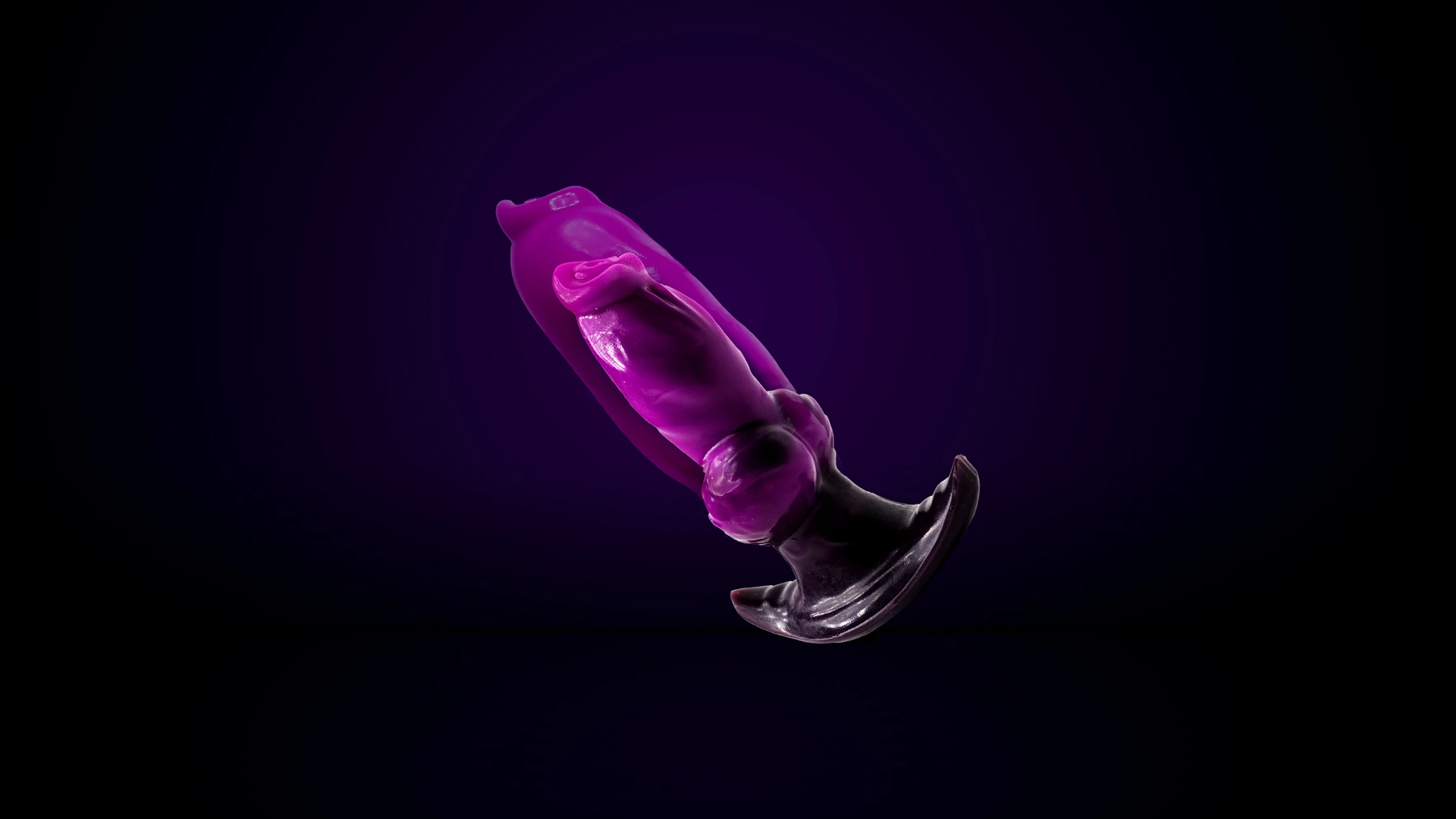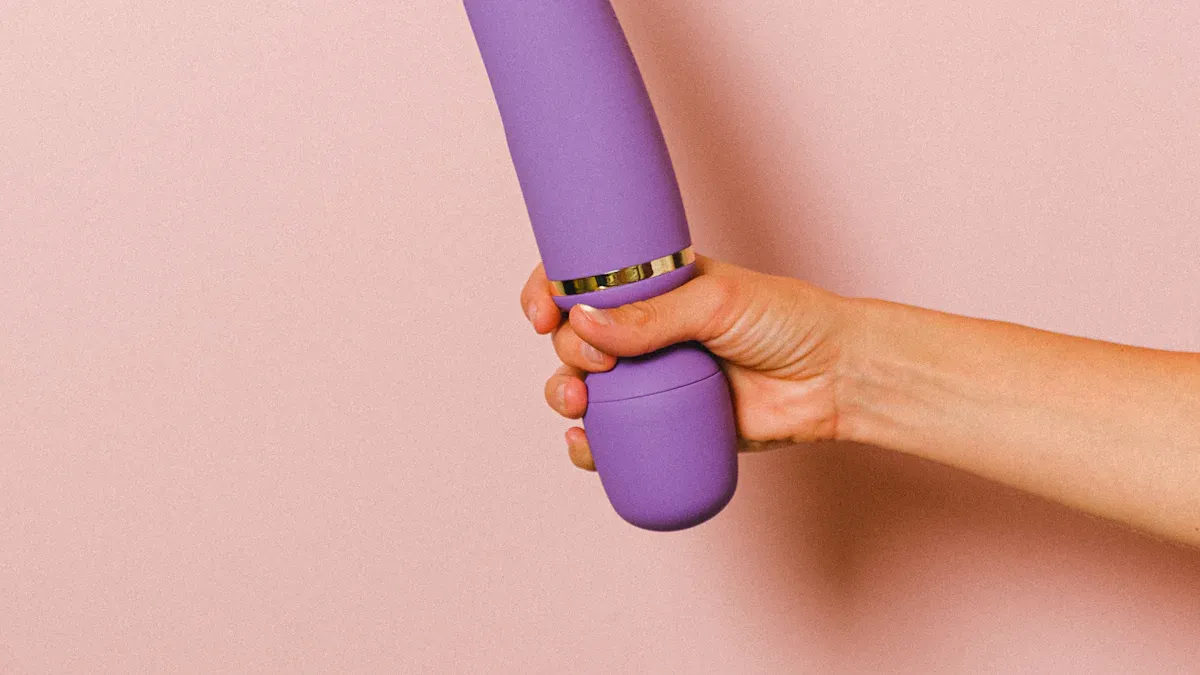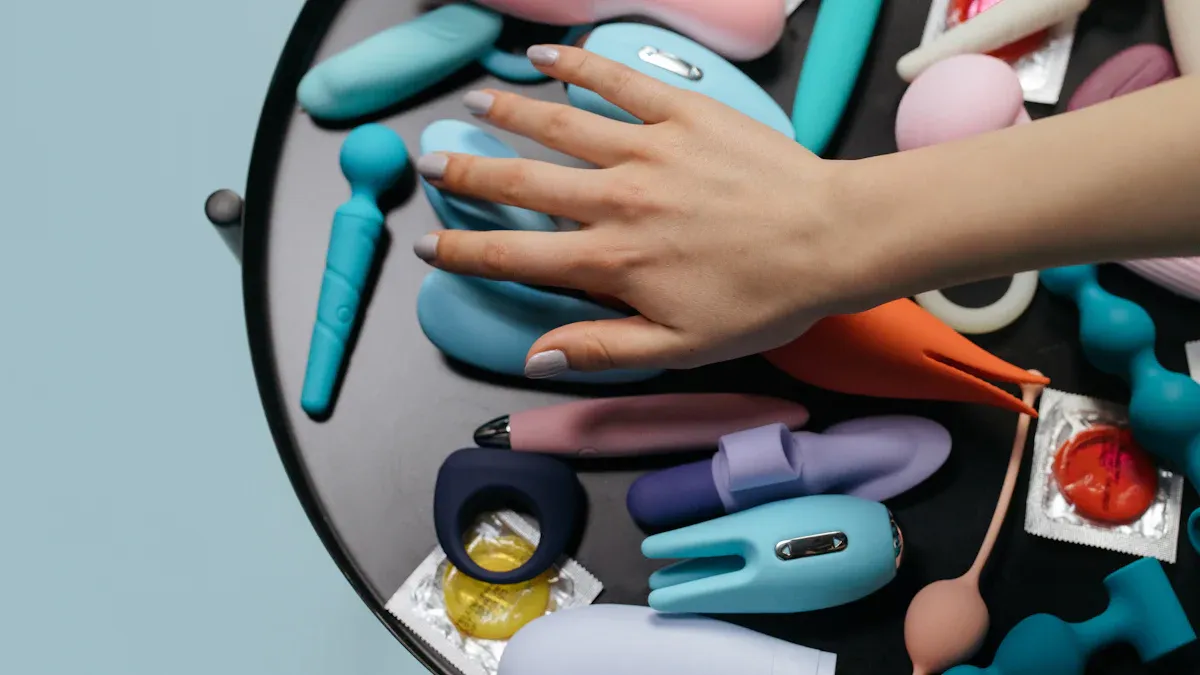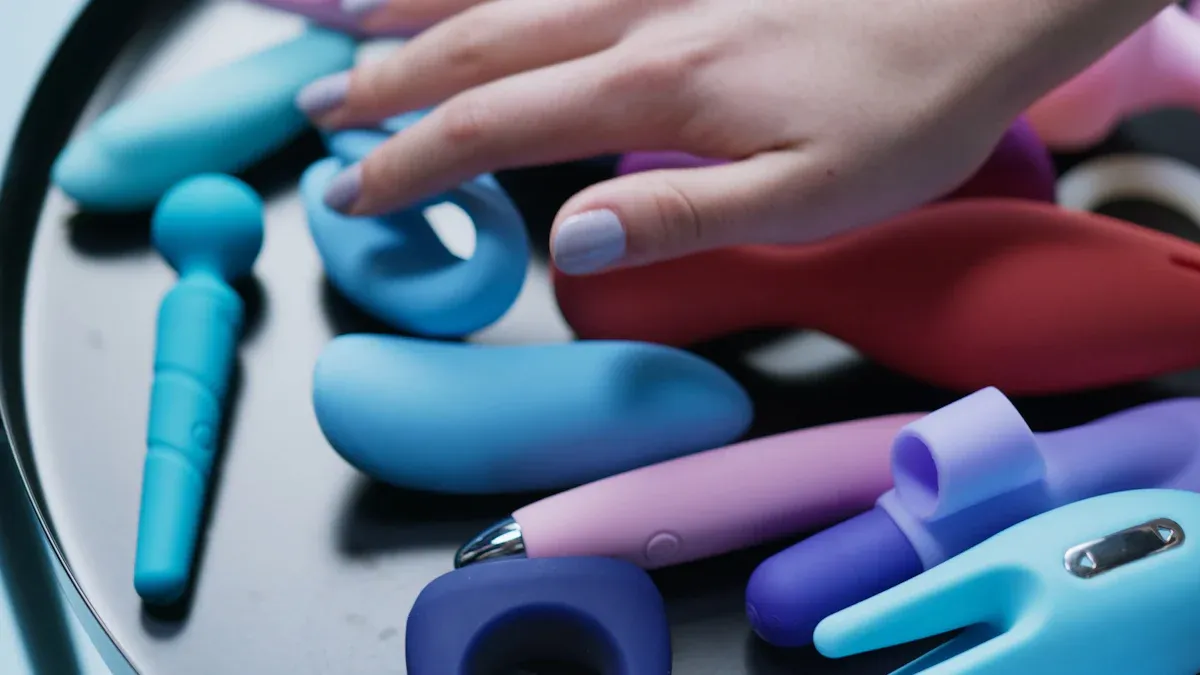Plastic Dildos vs Silicone: Which Is Safer and More Durable

When deciding between plastic dildos and silicone options, safety should always come first. Silicone stands out as the better choice because it’s skin-safe, durable, and hypoallergenic. It resists bacteria, doesn’t absorb germs, and can withstand heat effectively. In fact, silicone is FDA-approved for kitchen tools due to its safety and stability, making it an excellent material for personal use, especially for those with sensitive skin.
Plastic dildos are often more affordable, but not all are created equal. Some lower-quality plastic dildos may contain harmful chemicals like phthalates. If you’re looking for something unique, such as double-sided dildos or even a dildo with a camera, silicone is the safer and more reliable option. Its non-porous nature prevents bacterial growth and ensures longevity, making it a worthwhile investment over plastic.
Even for innovative designs like face dildos, silicone offers the perfect balance of flexibility and safety. Why settle for less when you can enjoy both comfort and peace of mind?
Safety Comparison of Plastic Dildos and Silicone
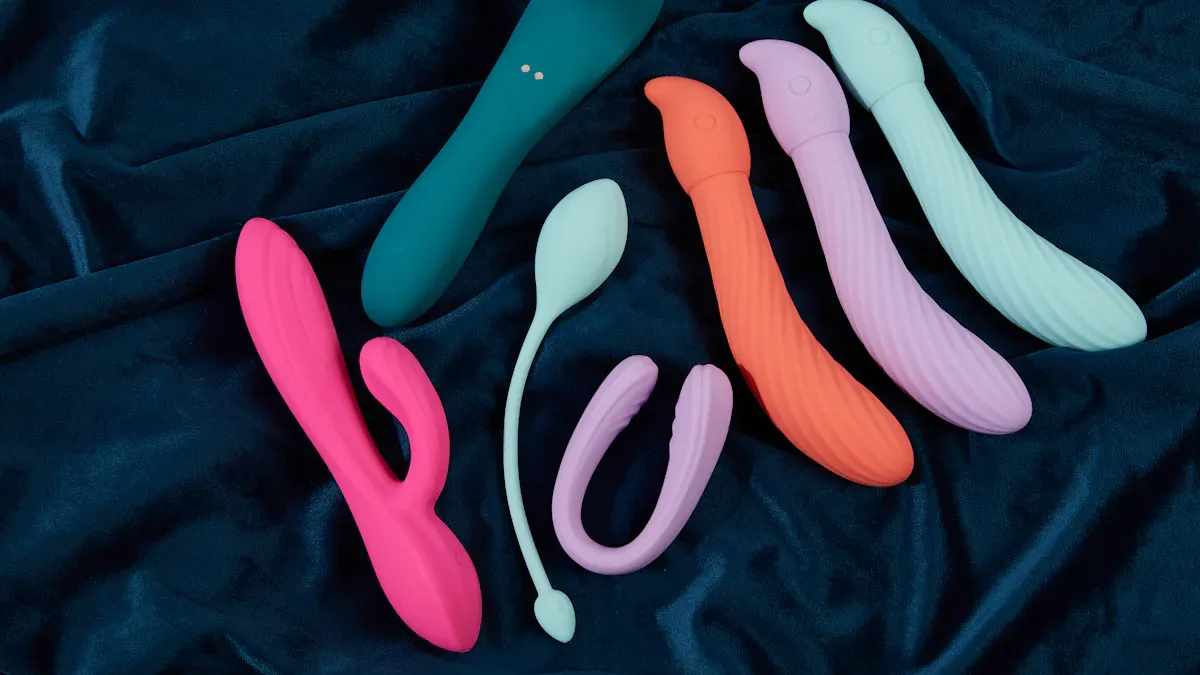
Hypoallergenic Properties of Silicone vs Plastic
Silicone is better for sensitive skin. It rarely causes allergies or irritation. This is why it’s used in medical tools and implants. Plastic dildos can vary in quality. Some plastics have chemicals that might irritate your skin.
Why silicone is safer:
It doesn’t release harmful chemicals.
The FDA approves silicone for food use, showing it’s safe.
Silicone doesn’t have plasticizers or risky additives like plastic does.
A study found silicone caused skin issues in 17% of cases. Other materials, like hydrocolloid, caused problems in 70% of cases.
Material Type | Skin Damage Percentage |
|---|---|
Hydrocolloid | 70% |
Silicone | 17% |
If your skin is sensitive, silicone is the best choice. It’s safe, gentle, and dependable.
Porosity and Bacterial Risks in Plastic Dildos
Porosity affects how clean a material stays. Silicone is smooth and non-porous. It doesn’t trap germs or bacteria. This makes it easy to clean and sanitize. Plastic dildos, especially cheaper ones, often have tiny holes or rough spots. These can hold bacteria even after cleaning.
Research shows rough surfaces collect more bacteria. Smooth materials, like silicone, reduce bacterial buildup.
This difference is important for your health. Porous materials can cause infections or irritation over time. Silicone stays clean and safe with proper care.
Chemical Concerns in Plastic Dildos (Phthalates and Additives)
Plastic dildos may contain harmful chemicals like phthalates. Phthalates make plastic flexible but can harm your health. Studies link them to hormone problems, fertility issues, and heart disease.
Here are some findings from research:
Study Title | Key Findings | Source |
|---|---|---|
Phthalates: Tracking Hidden Chemicals in Plastic | Phthalates harm fertility and reproductive health. | RTI |
Phthalates: Toxic Chemicals in Vinyl Plastic | Animal studies show male reproductive damage from prenatal exposure. | EcoCenter |
Heart Disease Deaths Worldwide Linked to Chemical Widely Used in Plastics | Phthalates linked to 50,000 yearly heart disease deaths in older Americans. | NYU |
Phthalates and Their Impacts on Human Health | Phthalates harm reproductive, brain, and growth systems. | PMC |
Silicone doesn’t have phthalates or harmful chemicals. It’s safer for your body and health. If you choose plastic, make sure it’s labeled phthalate-free. Otherwise, you could face health risks.
Durability and Maintenance of Plastic Dildos vs Silicone
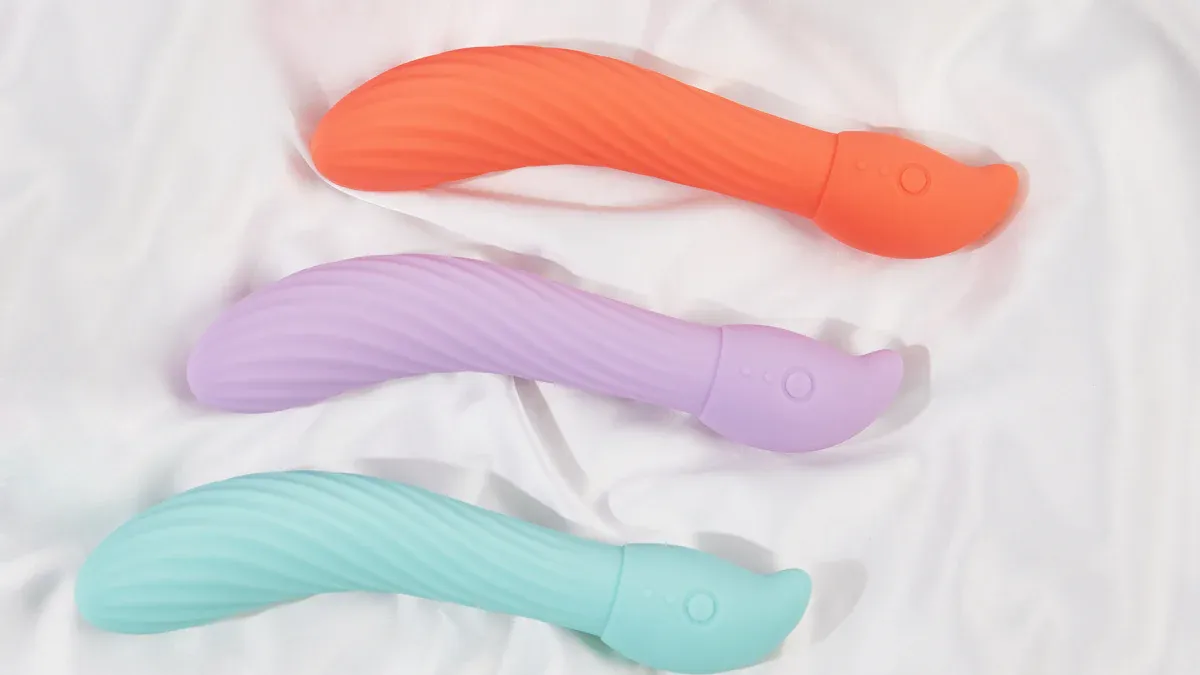
Resistance to Wear and Tear
Silicone is stronger and lasts longer than plastic. Its structure makes it tough and hard to damage. Silicone dildos can stay in good shape for many years. Some even last over ten years without breaking or wearing out. Plastic dildos, however, don’t hold up as well. They can crack, break, or lose shape in just 2-3 years.
Tests show silicone handles wear and tear better than plastic. These tests check how materials survive repeated use and pressure. Silicone always performs better, making it great for long-term use. If you want a toy that won’t break easily, silicone is the best choice.
Cleaning and Sanitization: Plastic vs Silicone
Keeping your toys clean is very important for health. Silicone is non-porous, so it doesn’t trap germs or bacteria. You can clean it with soap and water or even boil it. This makes silicone dildos safer and easier to sanitize.
Plastic dildos, especially cheap ones, can have tiny holes that trap bacteria. Even after cleaning, germs can stay inside these pores. Over time, this might cause bad smells or infections. Some high-quality plastic dildos are non-porous, but they’re still harder to clean than silicone. If staying clean matters most, silicone is the better option.
Tip: Always follow the cleaning instructions for your toy. Silicone can be boiled or cleaned with toy-safe products. For plastic, use mild soap and water, and avoid strong chemicals.
Longevity and Material Breakdown Over Time
Silicone dildos are made to last a long time. They keep their shape, texture, and safety even with regular use. Unlike plastic, silicone doesn’t break down quickly. It resists cracking and warping, making it a smart choice for durability.
Plastic dildos don’t last as long. Heat, sunlight, or certain cleaners can make plastic brittle. Over time, it may crack or lose its color. If you’ve seen old plastic items break, you know what happens. While plastic dildos cost less at first, replacing them often can cost more later.
Note: If your toy has cracks, discoloration, or feels different, replace it. Damaged toys can collect bacteria and become unsafe to use.
Sensory Experience and Usability of Plastic Dildos
How They Feel: Softness and Flexibility
Silicone and plastic dildos feel very different to touch. Silicone feels soft and smooth, like skin. It bends easily and moves with your body. This helps avoid rubbing or discomfort during use. Silicone is great for longer sessions or sensitive areas.
Plastic dildos are harder and less flexible. Their firmness can give stronger sensations but doesn’t fit body curves well. If you want comfort, silicone is the better choice.
Why silicone is better:
It’s soft and fits complex shapes.
It cushions bony areas for extra comfort.
It’s lightweight and stays cool, preventing sweat.
Plastic dildos might work for short use, but silicone feels more natural and comfy.
Temperature Effects and Adaptability
Temperature changes can make a big difference in how toys feel. Silicone handles heat and cold very well. It stays safe even at high temperatures, up to 400 °C. You can warm or cool it for extra fun without worry.
Plastic reacts differently to heat. Some types may bend or break when exposed to high temperatures. This makes them less reliable for temperature play.
Material Type | Flexibility | Heat Tolerance |
|---|---|---|
Silicone | Great | Up to 400 °C |
Plastic | Mixed | Not listed |
If you like using heat or cold, silicone is the safest choice. It adjusts well without losing strength or safety.
Comfort and Vibration Feel
Comfort matters when picking a dildo, and silicone wins here. Its soft texture makes it easy to use for a long time. Silicone absorbs vibrations evenly, giving a smooth and steady feeling.
Plastic dildos are harder and make vibrations feel stronger. This can be good for users who like intense sensations. But plastic’s stiffness can feel less comfortable over time.
For a mix of comfort and vibration strength, silicone is best. It’s gentle on your body while still giving great sensations.
Cost and Accessibility of Plastic Dildos and Silicone
Price Points and Affordability
Plastic dildos usually cost less than silicone ones. This is because plastic is cheaper to make. It’s a good choice if you’re on a tight budget or just trying something new.
Silicone dildos, however, are more expensive. Silicone is a better material, but it costs more to produce. This makes silicone toys pricier, but they offer safety, comfort, and durability. While the price may seem high, it’s worth it for the quality.
Studies show plastic is cheaper to manufacture than silicone. This makes plastic popular in places where people care about low prices. Silicone’s higher production cost means it’s more expensive to buy, which might make it harder for some people to afford.
Availability in Retail and Online Markets
You can find both plastic and silicone dildos in stores and online. Plastic dildos are easier to spot in cheaper stores or beginner kits. They’re often included in bundles for first-time users.
Silicone dildos are more common in specialty shops or online stores that focus on safe, high-quality products. Online, silicone options often have detailed descriptions about their safety and durability. This helps you pick the right one for your needs.
Tip: Always read reviews and check material details before buying. This helps you choose a safe and reliable product, especially when shopping online.
Value for Money: Short-Term vs Long-Term Investment
Plastic dildos cost less at first but don’t last long. You might need to replace them often because they wear out quickly. Over time, this can cost more than you expect.
Silicone dildos are more expensive but last much longer. They’re strong, easy to clean, and stay in good shape for years. If you want something that lasts, silicone is a better choice. It’s a one-time purchase that gives you safety and great performance.
Picking between plastic and silicone depends on your budget and needs. If you want something cheap for short-term use, plastic works. But for long-term value, silicone is worth the extra money.
Silicone dildos are safer and last longer. They don’t cause allergies. They clean easily and stay strong. This makes them a smart choice for many years. Plastic dildos cost less but can be risky. Some plastics have bad chemicals. These chemicals can hurt your hormones and health. Studies show they can lower sperm quality.
If you want something safe, pick silicone. For short use, plastic is okay. Just check it says body-safe.

